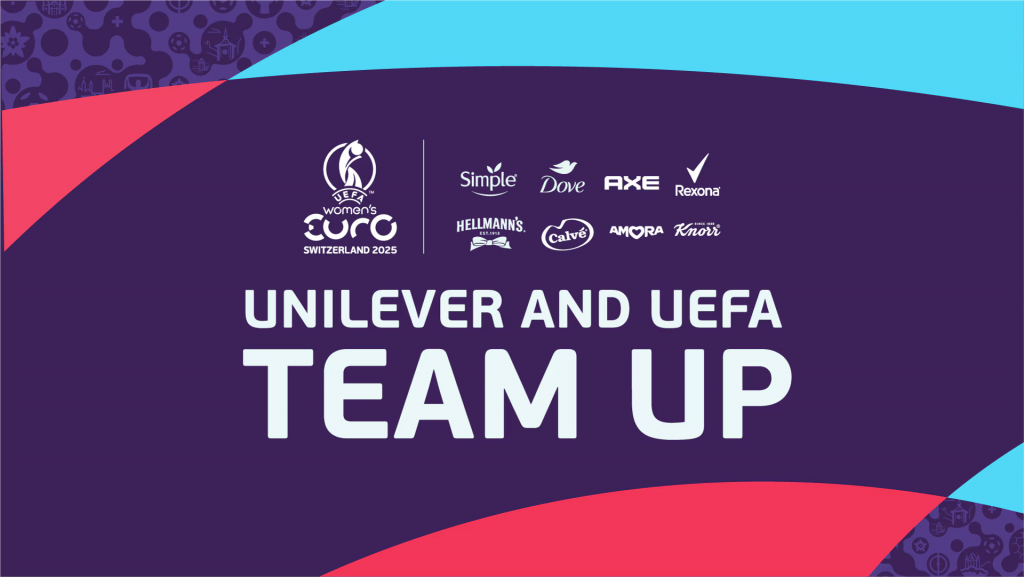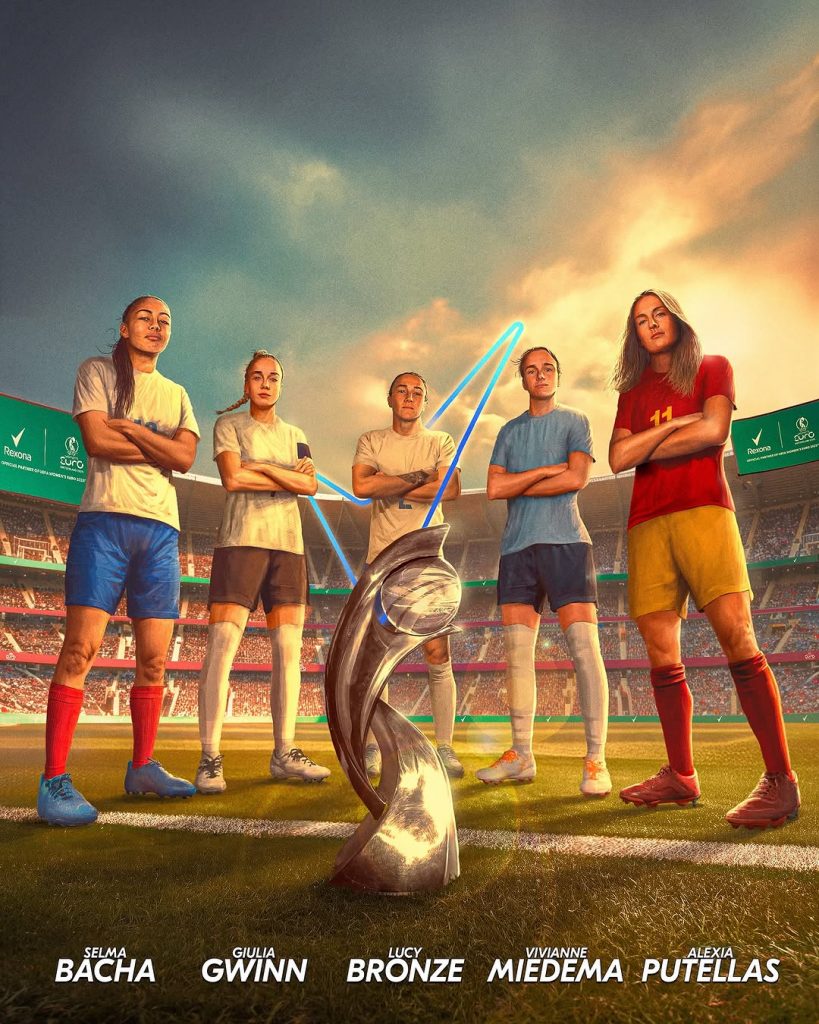
- Global sponsorship works when strategy and local execution go hand in hand
- Unilever combined different categories to activate multiple brands at the Women’s Euro
- Rexona launched five local campaigns based on a global concept, with athletes as protagonists
Global and local sports sponsorships help big multinationals gain relevance in different countries and connect with specific markets.
But there’s no magic formula in investing or activating.
While Coca-Cola has hundreds of sponsorships across the globe, from global to regional and local, Salesforce invests in fewer but more strategic sponsorships like F1, McLaren and LIV Golf.
Making sponsorships work across markets is complex — it requires aligning diverse objectives, audiences and resources.
One of the main challenges is getting a good return on investment.
To afford big fees from properties like FIFA, UEFA, IOC or F1, multinationals optimize budgets from different category brands.
To maximize return and justify high fees, brands are increasingly turning to multi-category contracts.
While AB InBev’s partnership with the Olympics includes Corona Cero and Michelob Ultra, LVMH’s deal with F1 granted rights for Louis Vuitton, Moët Hennessy and Tag Heuer.
What’s the best way to activate multi-category sponsorships?
It depends, each partnership has its own goals.
For the recent FIFA Club World Cup, Hisense adopted the strategy to create a macro concept that could be adapted to regional markets in the Americas using local players’ image.
Emily Heath, Rexona/Sure Global Brand Director, explained to Leaders how Unilever’s sponsorship with the UEFA Women’s Euro 2025 was planned, activated and measured.
Both European divisions of Foods and Personal Care joined efforts to make the deal happen, including the following brands: Simple, Dove, Axe, Rexona, Hellmann’s, Calvé, Amora and Knorr.

What can we learn from Rexona’s strategy for the Women’s Euro?
- Main objective. To continue speaking to women’s football fans, engaging in the women’s football conversation and gather learnings for future events like the FIFA Women’s World Cup 2027.
- Key Metrics. Sales uplift versus the same period in previous years, overall brand power (perception, meaningfulness and differentiation) and media value (mainly broadcasting).
- Tactics. Under the brand promise #ItWontLetYouDown, the team of ambassadors helped tell a personal story linked to a brand attribute in each market.
Five different campaigns localized to each territory, all sitting on the same concept and giving voice to players.
- Lucy Bronze (England). The defender highlighted the importance of protection on and off the field.
- Giulia Gwinn (Germany). The captain personalized the brand’s values of belief and self-confidence.
- Alexia Putellas (Spain). The two-time Ballon d’Or celebrated resilience and determination attributes.
- Vivianne Miedema (The Netherlands). The Dutch leader reinforced pressure and responsibility.
- Selma Bacha (France). The defender connected with the product’s unstoppable protection.

According to Heath, women’s football offers the chance to engage a younger, more familiar audience and connect through deeper conversations compared to men’s football. A brand positioning that builds long-term value in a less saturated market.
From the key metrics defined to measure success at the Euro, we can see how important it is to deliver short-term incremental sales while reinforcing brand strength for the future.
Rexona’s activation shows how a global platform can be locally tailored without losing coherence — and how storytelling through athletes can bring brand values to life.
The same applies to the FIFA World Cup, which provides Unilever with a platform to activate different brands globally. Unilever’s current deal with FIFA includes Rexona, Dove, Lifebuoy and Lux.
Global sponsorships work when strategy meets execution.
Unilever’s case shows that success in sponsorship comes from consistency, local insight, and a clear focus on results.
Receive my weekly post